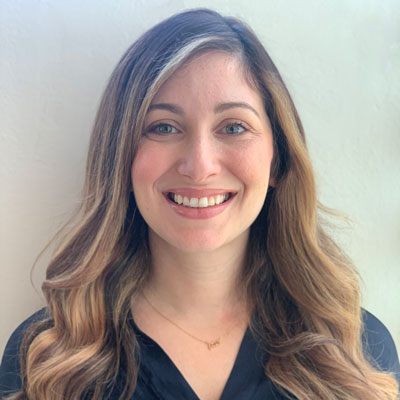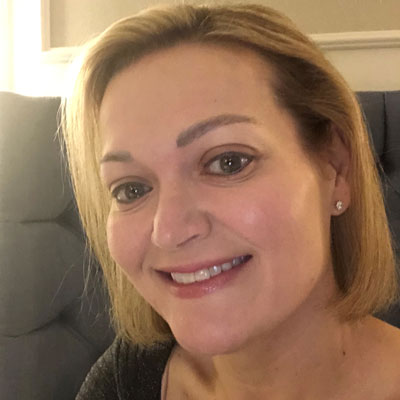Welcome to TeleSpecialists TelePedia
-
Associations
- American Academy of Neurology (AAN)
- American Association of Neuroscience Nurses (AANN)
- American Board of Psychiatry and Neurology, Inc. (ABPN)
- American Heart Association (AHA)
- American Stroke Association (ASA)
- American TeleMedicine Association (ATA)
- Centers for Medicare & Medicaid Services (CMS)
- ISO 9001:2015
- The Joint Commission
- Show all Terms ( 4 ) Collapse Terms
-
Equipment
-
Facilities
- Acute Stroke Ready
- Comprehensive Stroke Center (CSC)
- Credentialing or Medical Staff Office (MSO)
- Critical Access Hospital (CAH)
- Free Standing Emergency Department (FSED)
- Primary Stroke Center (PSC)
- Short-Term Acute Care Hospital
- Thrombectomy-Capable Stroke Center (TSC)
- Show all Terms ( 3 ) Collapse Terms
-
Healthcare Professionals
-
Medical Terms
- Acuity
- Acute Stroke Symptoms
- AHA Get With The Guidelines
- Aphasia
- Apraxia
- BEFAST
- Bolus
- Brain Stem Stroke
- C6LF
- CARE Model
- Chameleon Stroke
- CME
- Computerized Tomography (CT)
- Computerized Tomography (CT) Perfusion
- Continuity of Care
- Cryptogenic Stroke
- Door-to-Needle Time (DTN)
- Dysarthria
- Dysphasia
- Embolism
- Endovascular Intervention
- FAST
- FAST ED
- Fishbone Diagram
- Head Computerized Tomography (CT)
- Health Insurance Portability and Accountability Act (HIPAA)
- Hemorrhagic Stroke
- Intracranial Hemorrhage
- Ischemic Strokes
- Large Vessel Occlusion (LVO)
- Last Known Normal
- Last Known Well
- LB2S2
- National Institutes of Health Stroke Scale (NIHSS)
- Neurologic Emergencies
- Physician Response Time (at bedside)
- Pit Stop Program
- Premature Atrial Complexes (PACs)
- Quality Management System (QMS)
- Root Cause Analysis (RCA)
- SAVES
- Stroke Alert
- Stroke Dashboard
- Stroke Mimics
- Stroke Symptoms
- Thrombectomy
- Thrombus
- tPA Utilization Rate
- Transient Ischemic Attack (TIA)
- Show all Terms ( 44 ) Collapse Terms
-
Medication
- Activase
- Alteplase
- Anticoagulants
- Tenecteplase
- Thrombolytics
- tPA
- Show all Terms ( 1 ) Collapse Terms
-
Services
- Continuous EEG
- Cost Reduction
- Cost Savings
- Credentialing
- Delegated Credentialing
- Lean Management
- Lean Six Sigma
- Licensing
- Long-term EEG
- Neurology
- Professional Fees
- Prolonged EEG
- Rapid Improvement Workshop
- Rapid Response Center
- Reimbursement
- Rounding
- STAT Consult
- Stroke Assessment
- TeleEEG
- Telemedicine
- TeleNeuroHospitalist
- TeleNeurology
- TelePsychiatry
- TeleStroke
- TeleStroke Consultation
- Value Stream Mapping (VSM)
- Show all Terms ( 21 ) Collapse Terms
-
Studies
-
Telemedicine Terms
- Application Programming Interface (API)
- Asynchronous Store and Forward
- Bandwidth
- Codec
- Compact State
- Consumer-to-Provider (C2P)
- Distant Site
- Distant Site Practitioners
- Hub and Spoke Model
- Interstate Medical Licensing Compact
- Originating Site
- Parity (Coverage and Payment)
- Provider-to-Consumer (P2C)
- Provider-to-Provider (P2P)
- Remote Patient Monitoring (RPM)
- Synchronous
- Telehealth
- Telemedicine
- Show all Terms ( 13 ) Collapse Terms
Thrombolytics
Thrombolytics are “clot-busting” medicines that may be used for the emergency treatment of an ischemic stroke. Thrombolytics break up blood clots by activating fibrinolysis and converting plasminogen to plasmin, which breaks up the clot. This allows blood and oxygen to reperfuse the area, limiting tissue damage. Thrombolytics are more effective if initiated as soon as possible after the stroke. Hemorrhaging, including bleeding into the brain, is the most common risk associated with thrombolytics. The most common thrombolytic drugs are alteplase and tenecteplase.











